Do you want to relax and take a good bowl of air? Prepare your backpack and follow our guide for a 100% natural ride in one of the 10 national parks to be done in France.
The great adventure of the national parks of France began in 1963. Indeed, this is when the creation of the Vanoise was created. Since then, nine others have seen the day in the hexagon as well as overseas and one eleventh is in project between Champagne and Burgundy. Des Pyrenees to the Guadeloupe passing through the Cevennes and La Réunion , each national park is different. Nevertheless, they all have a common goal: to protect the biodiversity and heritage of these natural areas.
National parks are an integral part of the cultural identity of our beautiful country. It is easy to compare them to historical monuments, to our gourmet cuisine, our archaeological remains, parks and other flower gardens. They are thus arranged so that you can practice your favorite activities in a preserved setting with breathtaking landscapes. You can thus indulge in hiking, fishing, winter sports, swimming, diving or paragliding. Take advantage of this to escape the heart of nature and discover the 10 national parks to be done in France.
1. Vanoise National Park (Savoie)
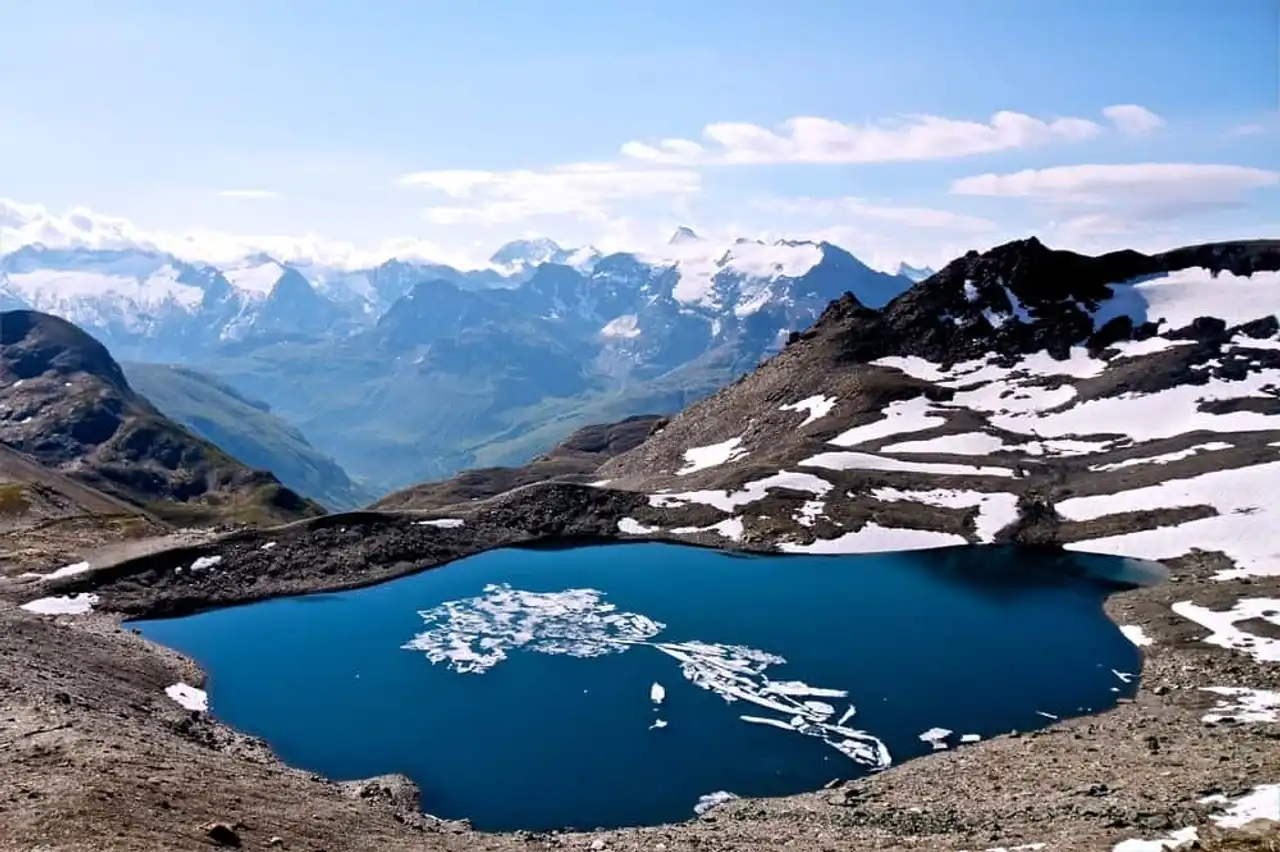
Photo credit: Shutterstock / De Pommeyrol Vincent
After the 10 national parks to be seen in France, Vanoise is undoubtedly the paradise of hikers! Whether you're on foot, skiing, cycling or snowshoeing, trails and paths that snake over 400 kilometers through the Maurienne and Tarentaise valleys are made for you.
Savoyard landscapes form a true natural mosaic: blue lakes, ivory glaciers, green forests, mordor mountains, multicolored meadows... Wildlife is varied and very protected! You can see many bouquetins, marmots, hares and gambaders quietly over the 529 square kilometers covered by the La Vanoise National Park . If you are curious, go to the Vanoise Landscape Photographic Observatory. A unique place, you can see the evolution of these splendid panoramas from the late nineteenth century to the present day.
2. La Réunion National Park
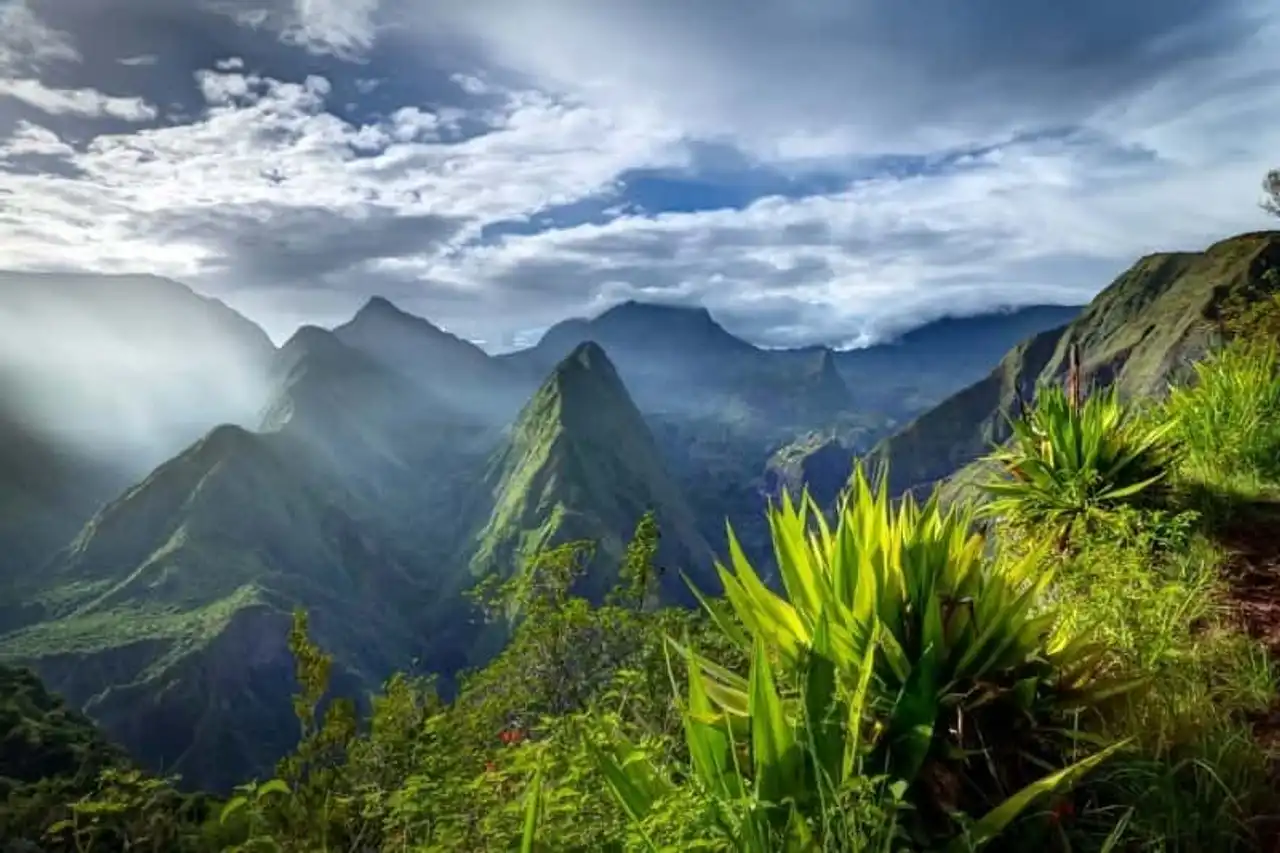
Photo credit: Shutterstock / From infografick
Berced by the turquoise waters of the Indian Ocean, off the east coast of Madagascar The Meeting is a paradise island. It houses one of the 10 national parks in France to visit. Covering 40% of the island, the park has been shaped over time by extreme geology. Its beauty is a reflection of eruptions, collapses and natural erosion of the environment.
It is made up of must-see sites and places, such as the Piton de la Fournaise volcano, the Mafate circus or the Upper West. Together, they give it a relief as incredible as dizzy. Since its creation in 2007, La Réunion National Park has invested in multiple projects to protect its endemic fauna, combat poaching and plant local floral species.
3. Parc national des Calanques (Bouches-du-Rhône)
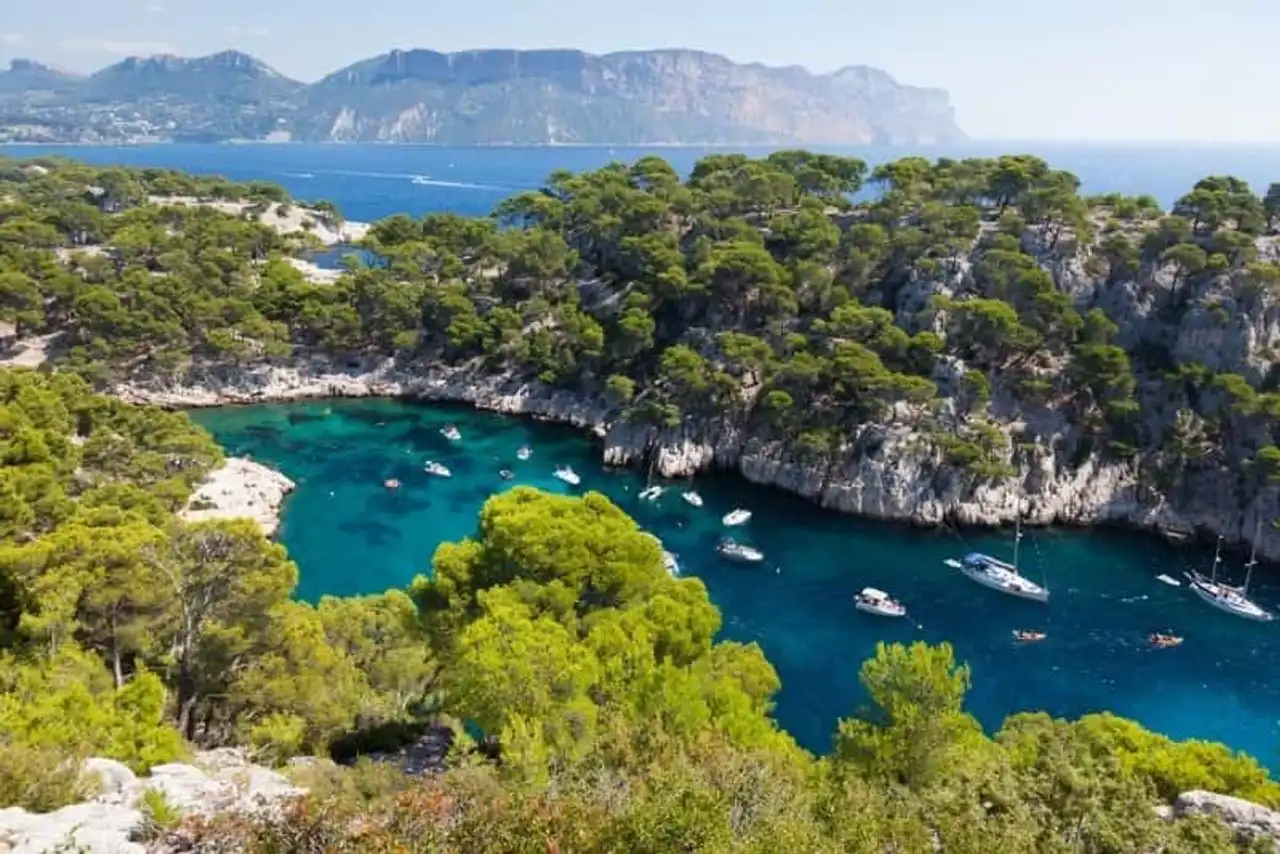
Photo credit: Shutterstock / De Samuel Borges Photography
At the gates of the phocean city, land and sea meet in the heart of Calanques National Park . The first peri-urban park to have seen the day in Europe, it is an atypical mix between submarine canyons, caves and prehistoric arches, desert islands and coves dug into the limestone rock. In this natural setting, park managers have put in place measures to reconcile tourism and cultural traditions. The aim is to preserve the exceptional fauna and flora of the site.
From La Ciotat, Marseille or Cassis , you can practice a multitude of activities: swimming, hiking, diving, climbing, kayaking, cycling, fishing... You will surely find your happiness for a successful trip to the Calanques National Park.
4. Parc national des Écrins (Hautes-Alpes, Isère)
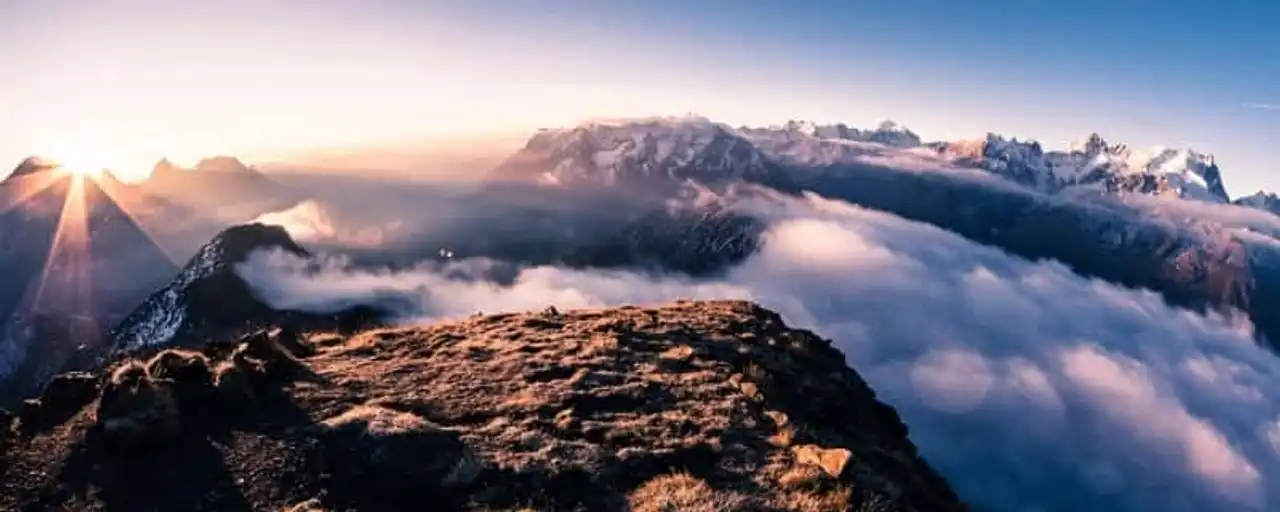
Photo credit: Shutterstock / De Mattias Garcia
In general, amateur and professional opinion, the National Park of the Writers is the best place in all of Europe if you are passionate about high mountain. With its peak peaks at more than 3,000 meters above sea level and its 730 kilometers of marked roads spread over nearly 100,000 hectares, it is the largest of the 10 national parks to be made in France. You will see magnificent and authentic landscapes shared between glaciers, lakes and valleys.
A natural crossroads of colours and fragrances, the Parc des Écrins draws a blue-white-green border between the northern Alps and those of the south. Open the eye and you may encounter chamois, marmots, royal eagles or lynx.
5. Pyrenees National Park (Hautes-Pyrénées, Pyrenees-Atlantiques)
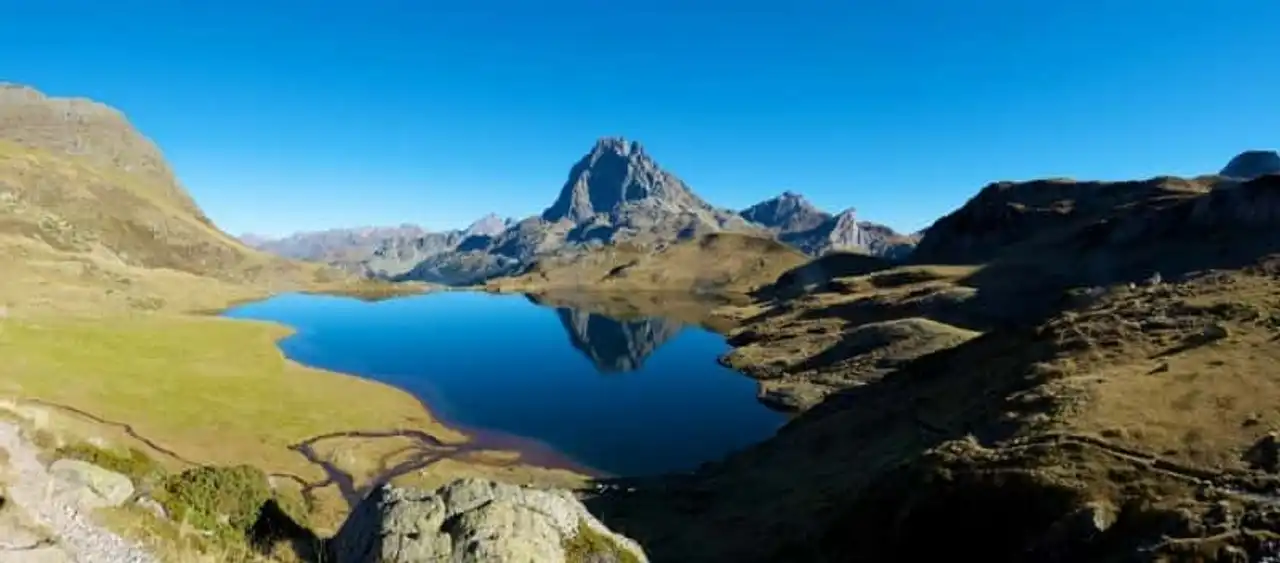
Photo credit: Shutterstock / De pedrosala
Composed of 85 villages in 7 valleys, the Pyrenees National Park is a wonderful example of cohabitation between man and nature. Its peaks, waterfalls, valleys, circus and lakes make every year the happiness of many fishermen and hikers.
From the Pic du Midi Observatory, you have a breathtaking view of the Pyrenees chain and the Spanish lands beyond the border. Created in 1967, it has an exceptional endemic flora, considered the most original in Europe: poppies, iris, blue carts, crochet pines, rhododendrons... Also note that the Pyrenees National Park is the only one in the country where you can see brown bears, now iconic in the region.
6. Guadeloupe National Park

Photo credit: Shutterstock / De Robert Bleecher
Far from the landscapes of the national parks of the metropolis, those of Guadeloupe form a colorful set. Here, marry tropical forest, mangroves, coral reefs and volcanoes. Just like that of the Calanques, the national park of Guadeloupe is made up of both terrestrial and marine biodiversity. Ratons-lavors, turtles, hummingbirds, frogs, dolphins and many other animals have been living together in perfect harmony since 1989.
Its mid-humid, mid-forestry environment allows the development and preservation of hundreds of marine and plant species. You'll be able to walk around the corner Soufrière volcano , make a boat winding through the islands, cross the massif of the Bass-Terre or plunge off the west coast of the park in the middle of the Caribbean Sea.
7. Mercantour National Park (Alpes-Maritimes, Alpes-de-Haute-Provence)
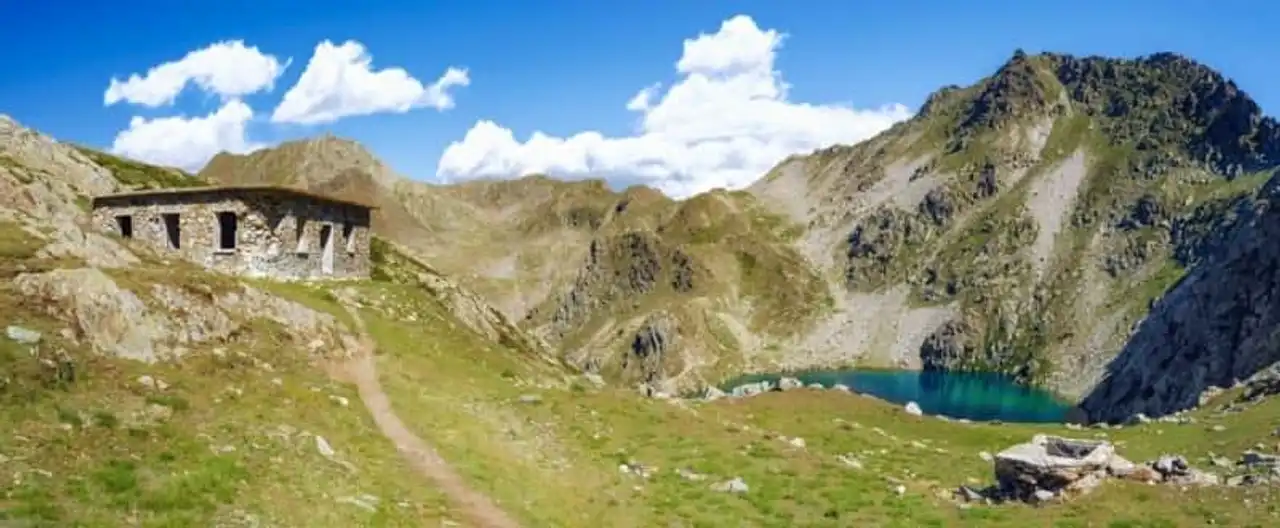
Photo credit: Shutterstock / De Alessandro Cristiano
Created in 1979, the Mercantour National Park stretches from the Alps to the Mediterranean in a succession of valleys, mountains, gorges and ridges with enchanting colours. At the heart of this mosaic of natural landscapes, you will find the most varied vegetation in all of France: more than 2000 species – some of which are endemic – of plants, trees and other bushes are identified.
The Mercantour is particularly famous for its splendid Merveilles valley, where you can admire rock paintings (about 40,000) that date from 3000 years before our era. With its alpages and forests, it is also a habitat very popular with wolves; Do not hesitate to visit the Alpha animal park and educational centre in Saint-Martin-Vésubie, to meet them safely.
8. Port-Cros National Park (Var)
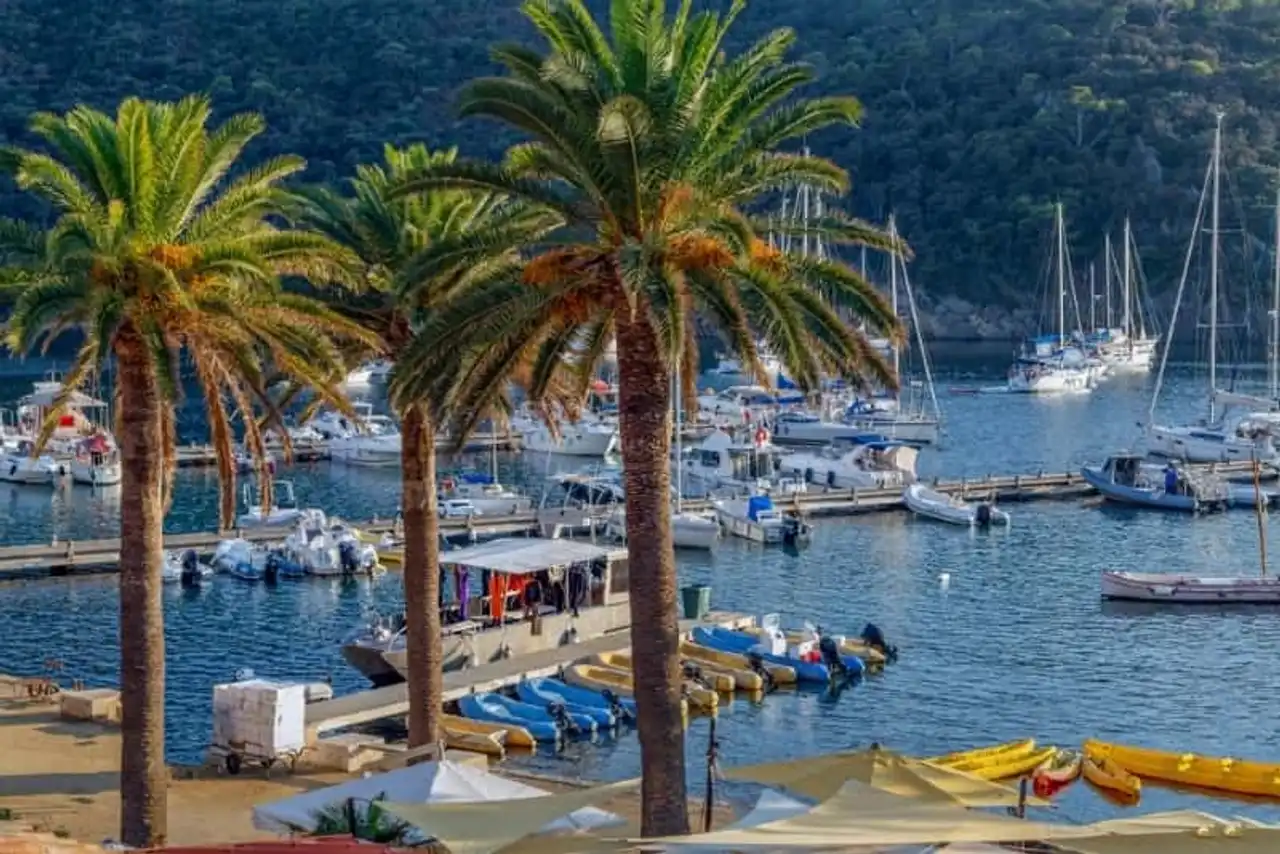
Photo credit: Shutterstock / Telly
The first marine park founded in Europe, Port-Cros gathers several islands, islets and rocks off the coasts of Hyères. Its fauna, mainly composed of submarine and ornithological species, is incredibly varied. If you love animals, you will not be disappointed: dolphins, owl, lizards, merous, falcons, moonfish, hedgehogs, turtles... On the earth, in the air or under the water, you will encounter as surprising as unforgetable.
In order to protect the biodiversity of Port-Cros Park while raising awareness of tourists, several animation programs, both original and educational, have been put in place. During your visit, do not miss the Plants Trail, the botanical garden Emmanuel Lopez, the military battery of the peninsula of Giens and the wreck of the ship Lequin.
9. Parc amazonien de Guyane

Photo credit: Shutterstock / De SL-Photography
The Amazonian park of Guyane is an incredible universe where cultural heritage, traditional lifestyle and natural environment meet to form the unique character of this territory. Created in 2007, it covers 3 million hectares south of the country and houses more than 5000 animal and plant species. You will see landscapes and sites as varied as magnificent: tropical flora, volcanic rocks, Amerindian villages, inselbergs, mountainous massifs, canopy...
At the heart of these lands, the immaterial heritage (sings, dances, gastronomy, dialects, rituals, fishing and hunting techniques, etc.) is as important as the biodiversity within which it is cultivated. Very different from the national parks of the metropolis, Guyane's main mission is to develop its ecosystems in a sustainable and responsible manner while protecting the communities (nearly 20,000 inhabitants) living in the region.
10. Cévenne National Park (Lozère, Gard, Ardèche)
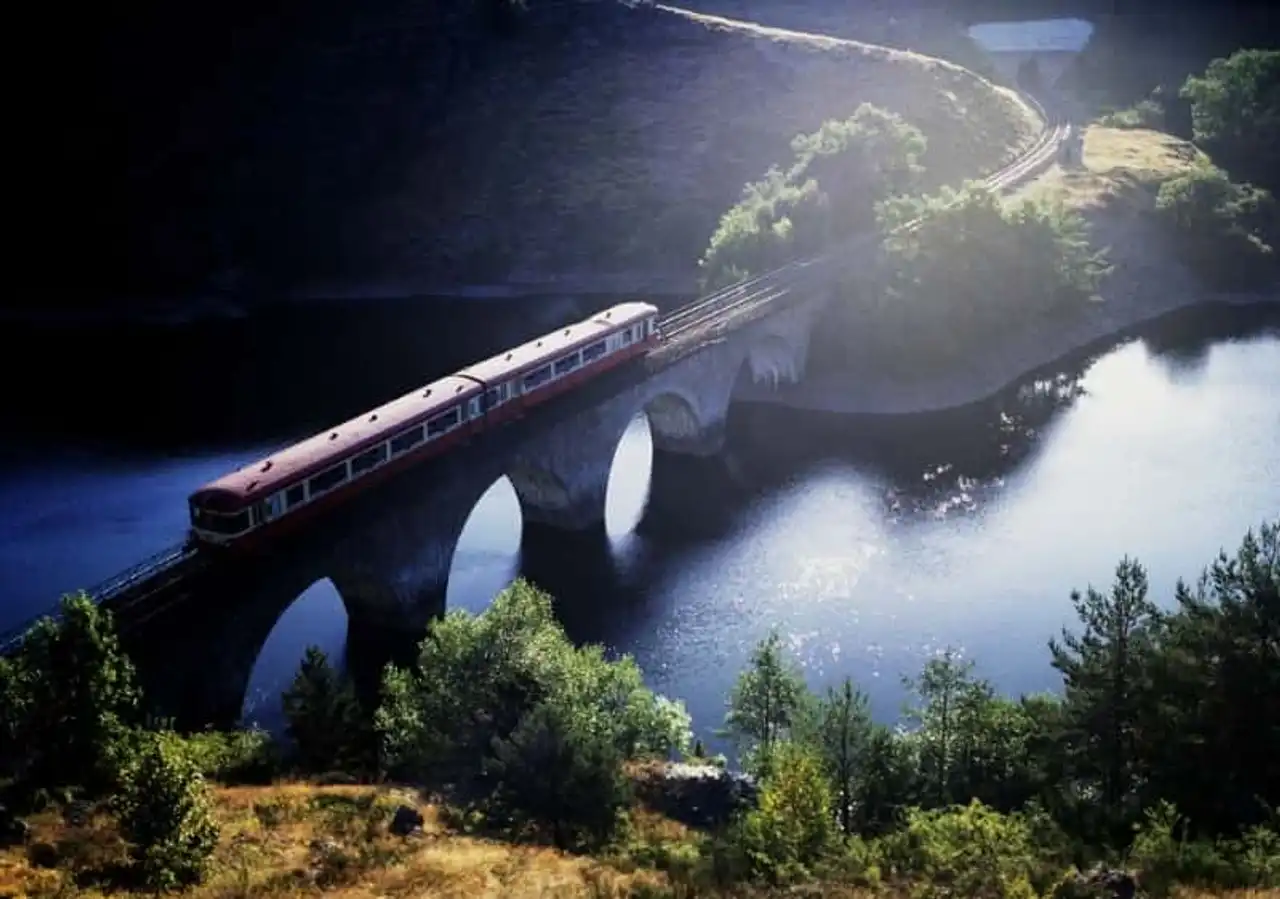
Photo credit: Shutterstock / by David Hughes
In the National Park of the Cevennes, the panoramas are combined with the plural: gray stone farms, blue ponds, chestnut and pine forests, green pastures, rocky torrents, flowery landes, vegetation in floors, mountainous mountains, karst caves... Nothing surprising, therefore, that it is part of UNESCO’s world heritage as a “cultural landscape of Mediterranean agro-pastoralism”. Thanks to this variety of reliefs, you can observe more than 2400 animal species in the Cevennes: otters, seaweeds, pilgrim faucets, dragonflies, deer, crayfish, wild vultures, beavers...
This territory of 3,720 square kilometers, a must among the 10 national parks to be made in France, makes many happy among the walkers and fishermen: between the Gorges du Tarn, the Grand Hiking Trail 70, the Barrandon pond and the Aigoual mountain bike circuits, you will have the opportunity to explore the Cévennes Park and fully appreciate all the treasures.





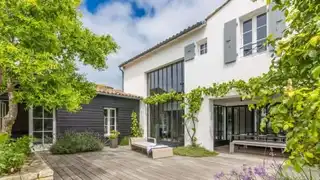
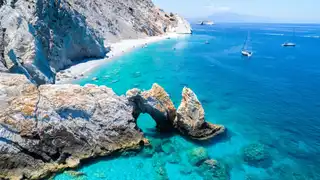

Loading comments ...